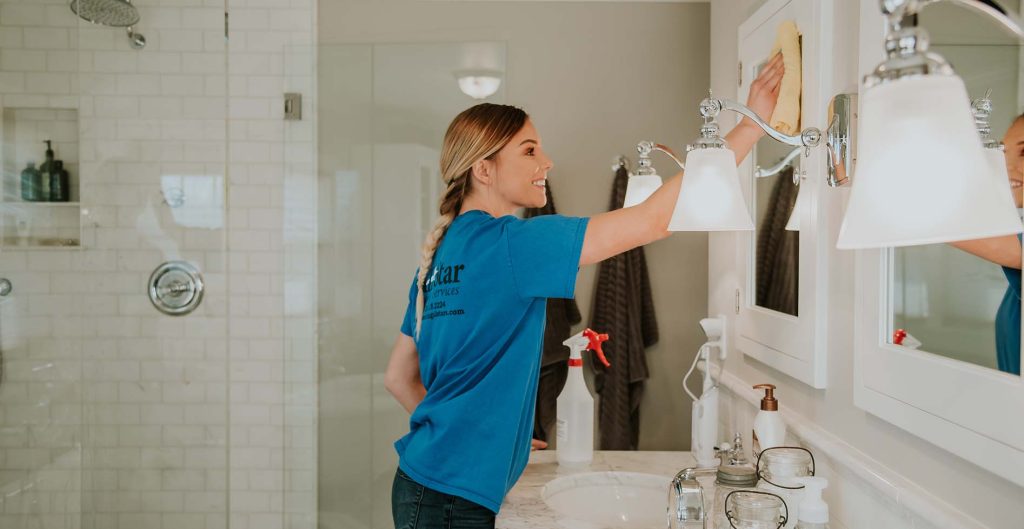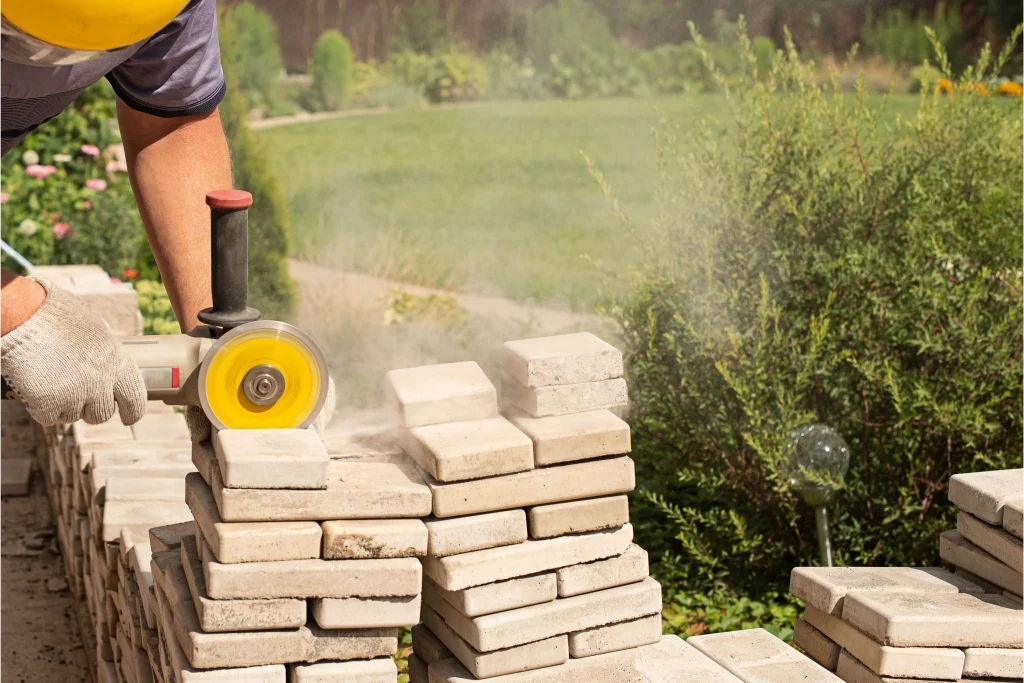In today’s fast-paced and competitive business environment, organizations that invest in robust employee development systems position themselves for sustainable success. A well-structured development framework not only enhances individual capabilities but also contributes significantly to overall business growth. By aligning personal development goals with organizational objectives, companies can cultivate a more engaged, productive, and innovative workforce. One of the most powerful benefits of employee development is the boost in employee engagement and retention. When employees feel that their growth is supported, they are more motivated and committed to their roles. Training programs, mentorship opportunities, and clear career progression paths foster a sense of purpose and belonging. This leads to lower turnover rates, reducing the costs associated with recruiting and onboarding new staff. Engaged employees are also more likely to go above and beyond in their roles, directly influencing business performance.

Another positive outcome of performance management software is the enhancement of skillsets that are critical for innovation and adaptability. As industries evolve, the demand for new competencies grows. Continuous learning initiatives ensure that employees stay ahead of the curve, enabling the organization to remain agile and competitive. Upskilling and reskilling programs empower teams to tackle emerging challenges with confidence, drive innovation, and maintain high standards of service delivery. Strong development systems also contribute to building future leaders from within the organization. Leadership development programs identify high-potential employees and equip them with the necessary tools and experiences to take on managerial roles. This internal pipeline of talent supports business continuity and reduces dependency on external hires. It also helps to maintain a consistent company culture, as leaders who have grown within the organization are more aligned with its values and vision.
Moreover, a focus on employee development fosters a culture of continuous improvement and collaboration. When learning becomes an integral part of the workplace, teams are more open to sharing knowledge, experimenting with new ideas, and supporting one another’s growth. This culture not only boosts morale but also enhances team performance and innovation. It encourages proactive problem-solving and nurtures an environment where individuals feel empowered to contribute meaningfully. Finally, investing in employee development leads to measurable business outcomes. Enhanced productivity, improved customer satisfaction, and increased profitability are just some of the tangible benefits. Organizations that prioritize learning and growth tend to outperform their competitors, adapt more readily to change, and build stronger relationships with clients. By treating employee development as a strategic priority rather than a peripheral activity, businesses can unlock the full potential of their workforce and accelerate long-term growth.








